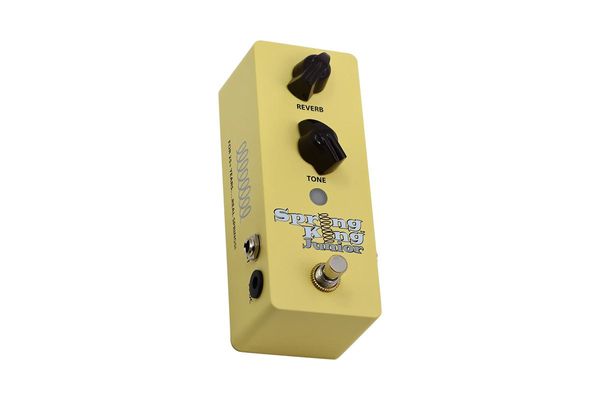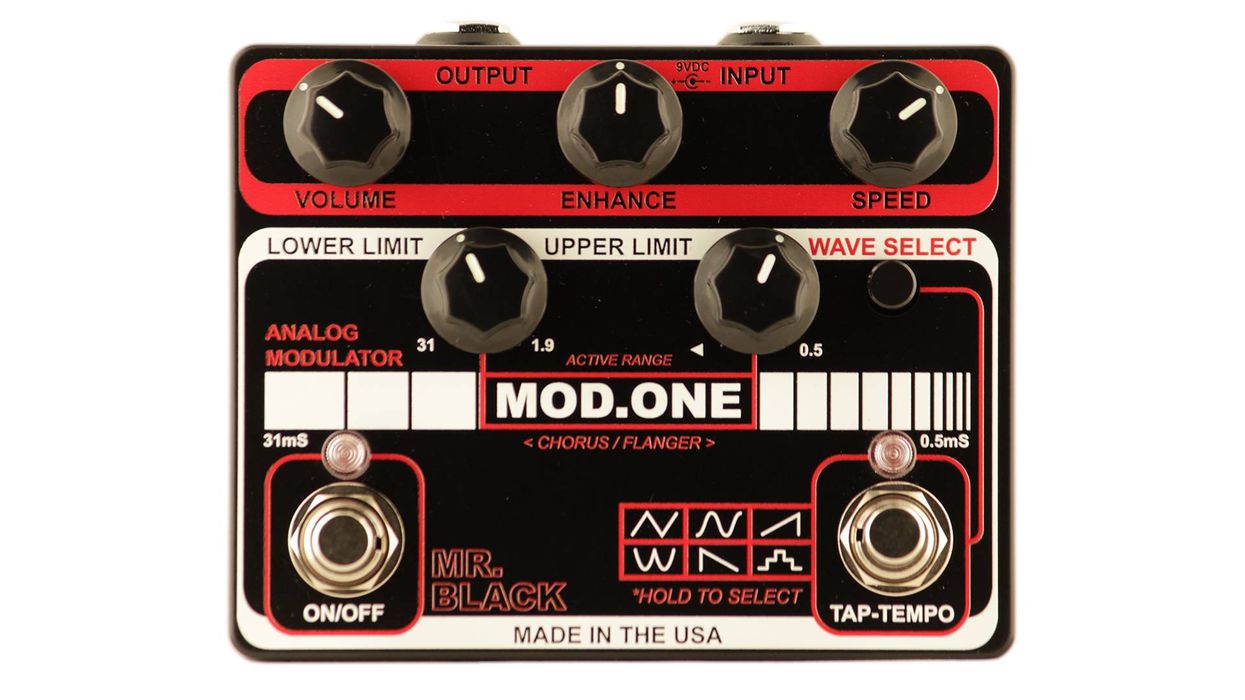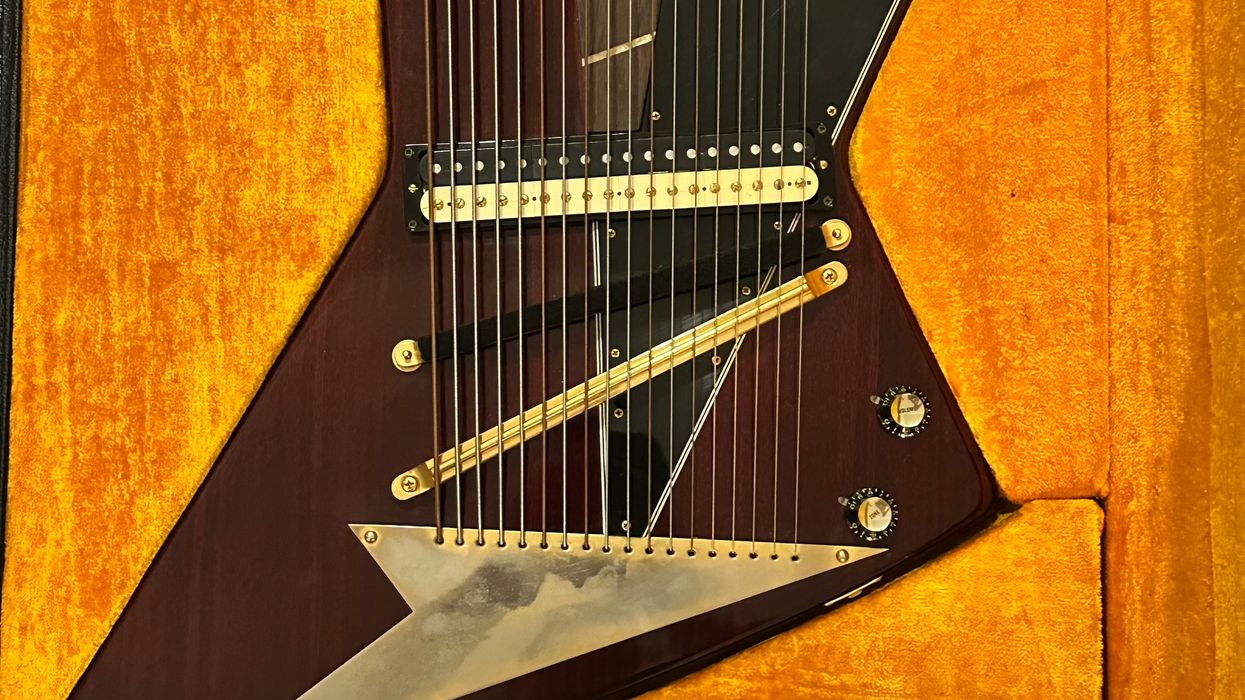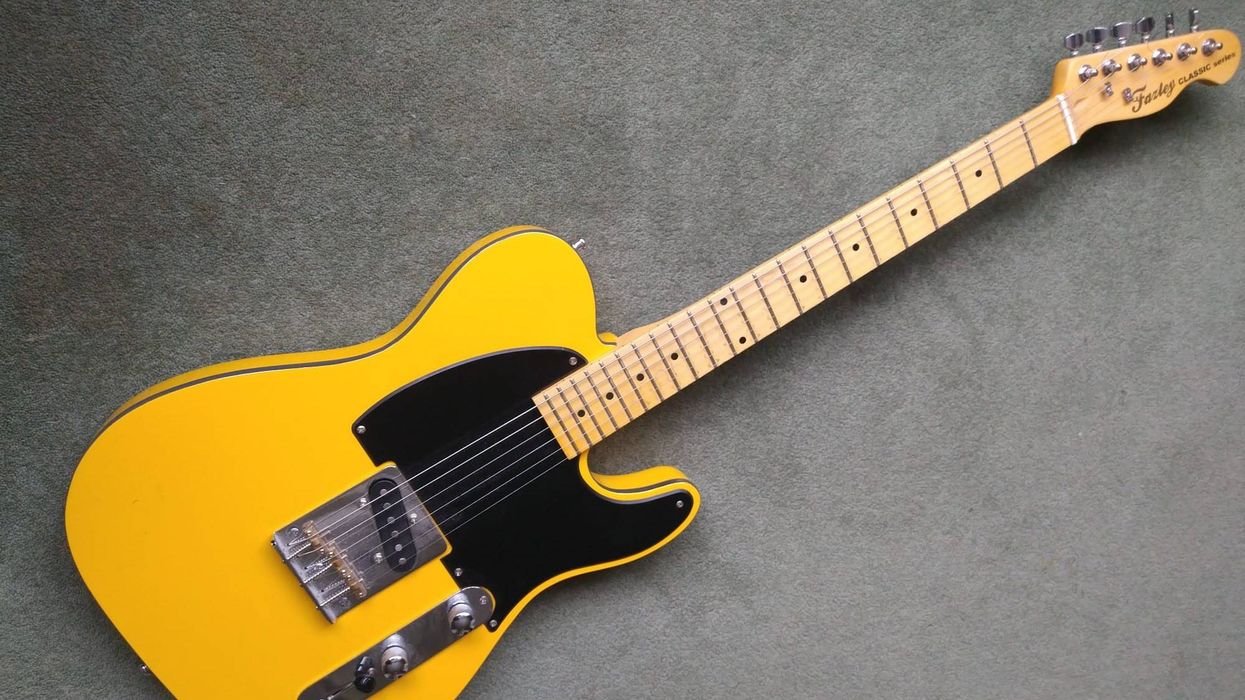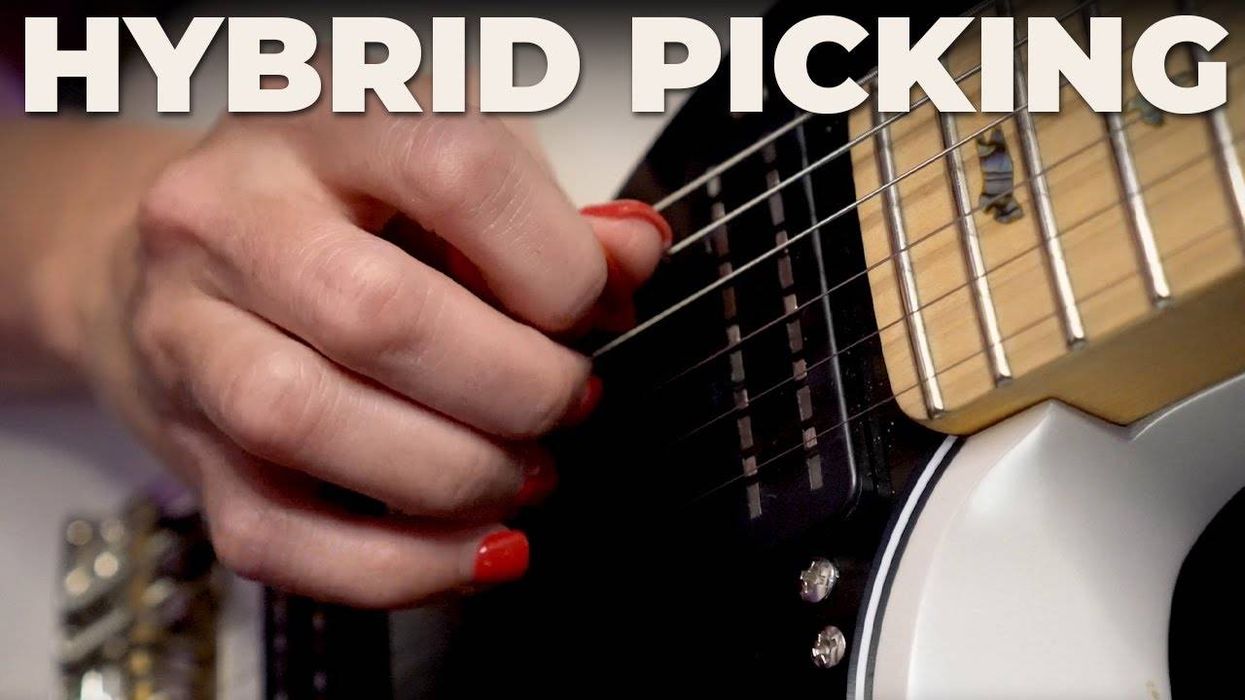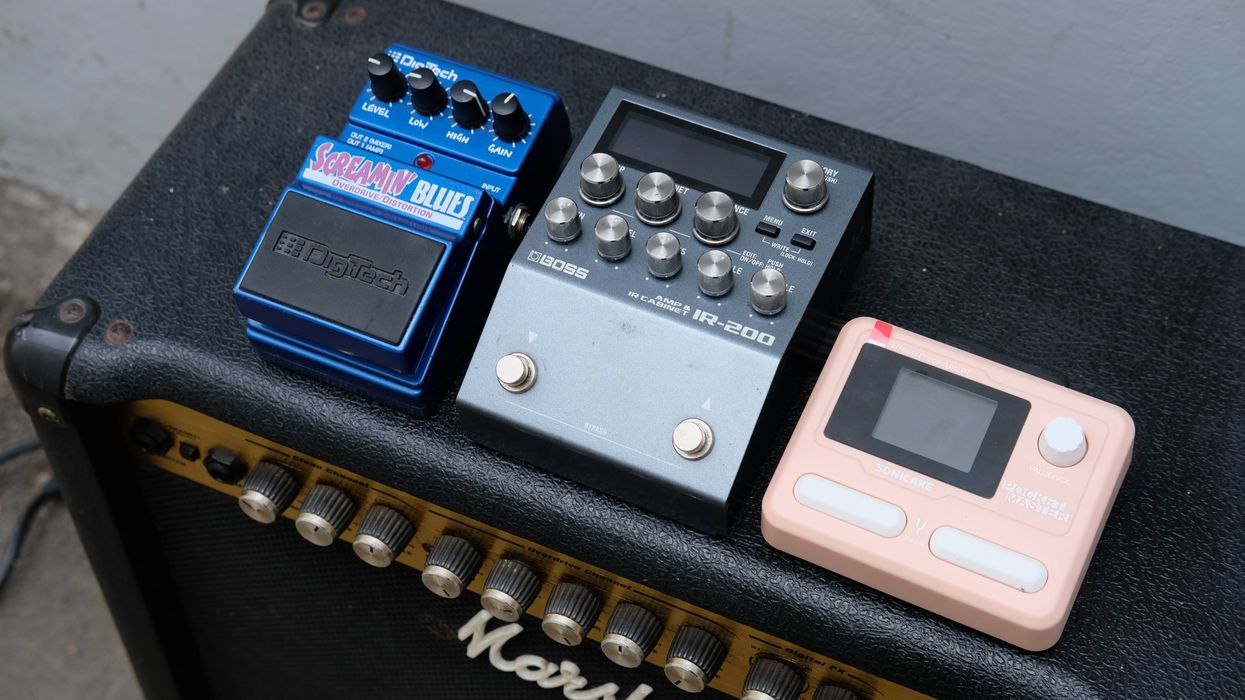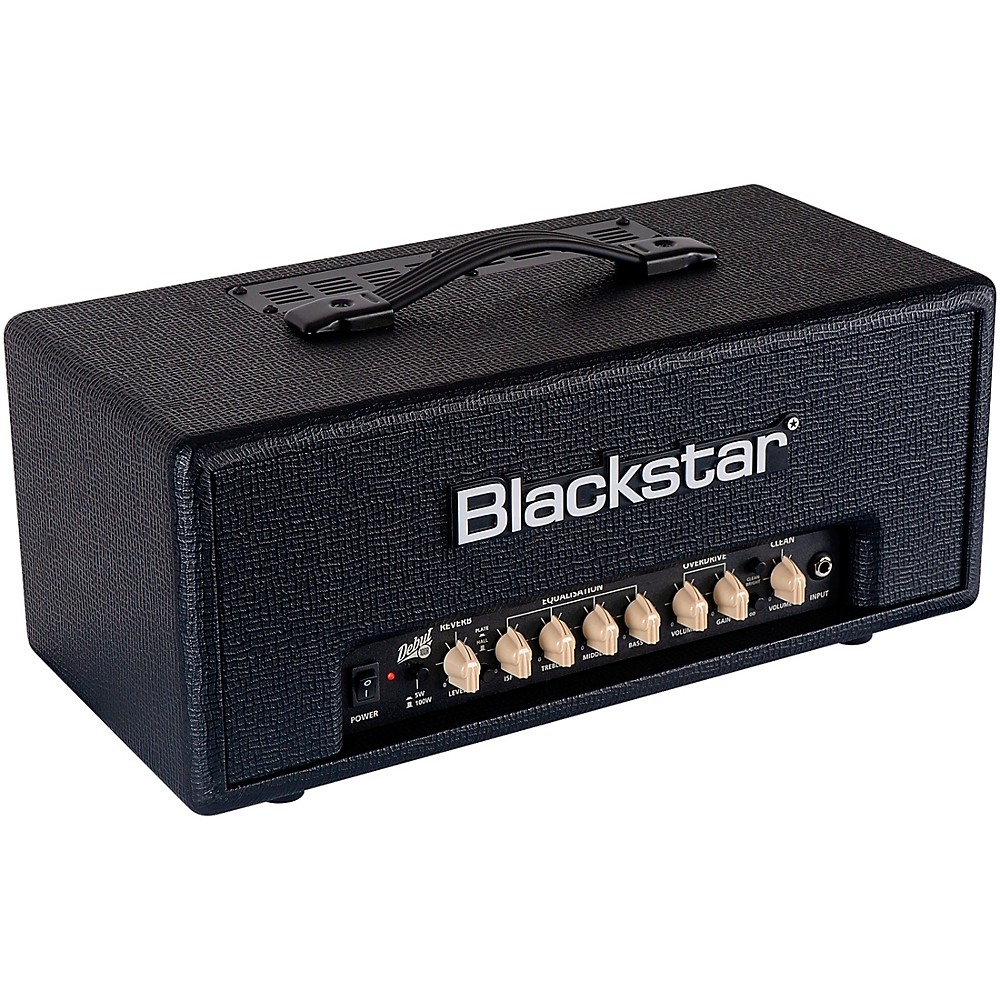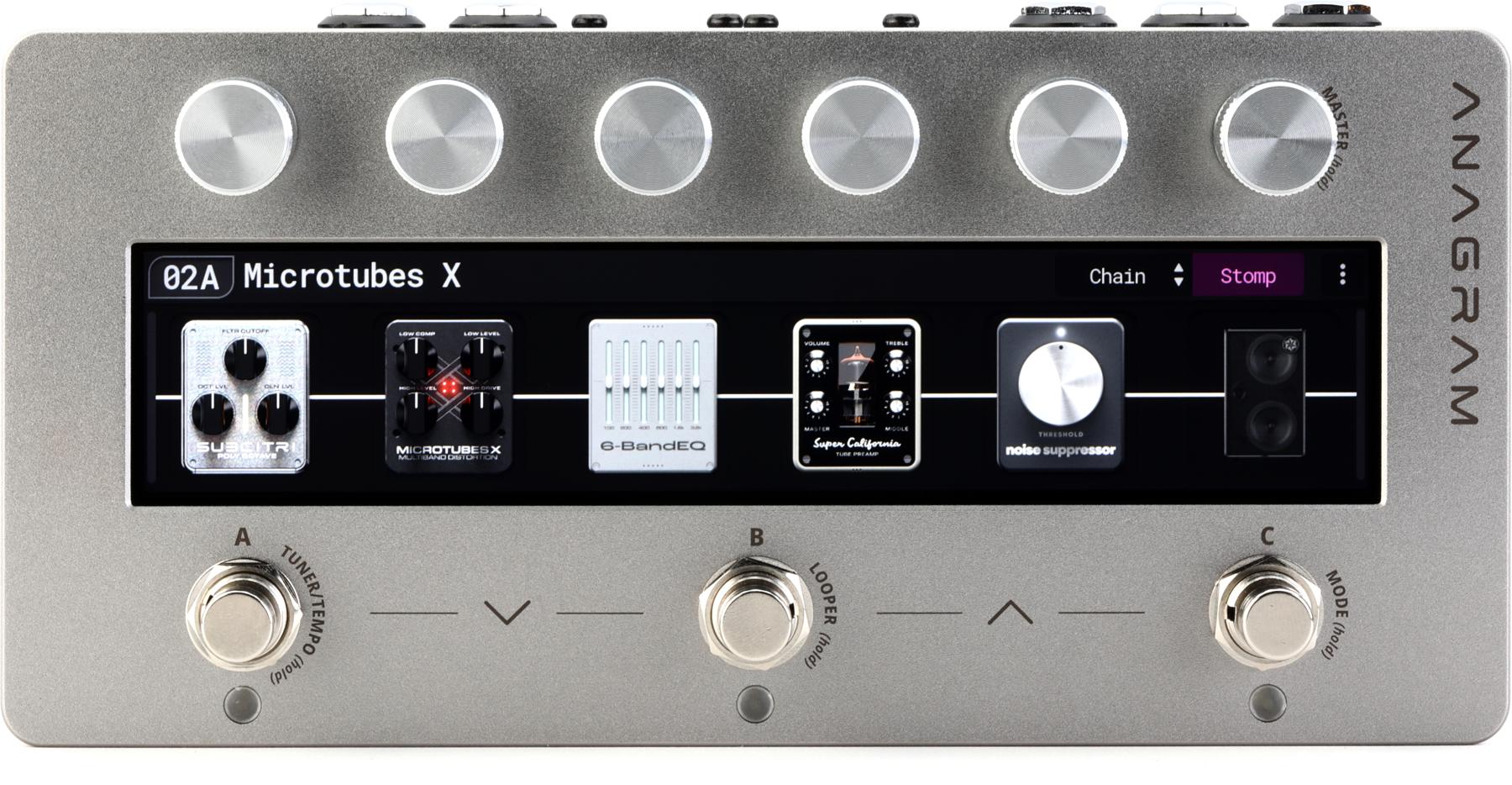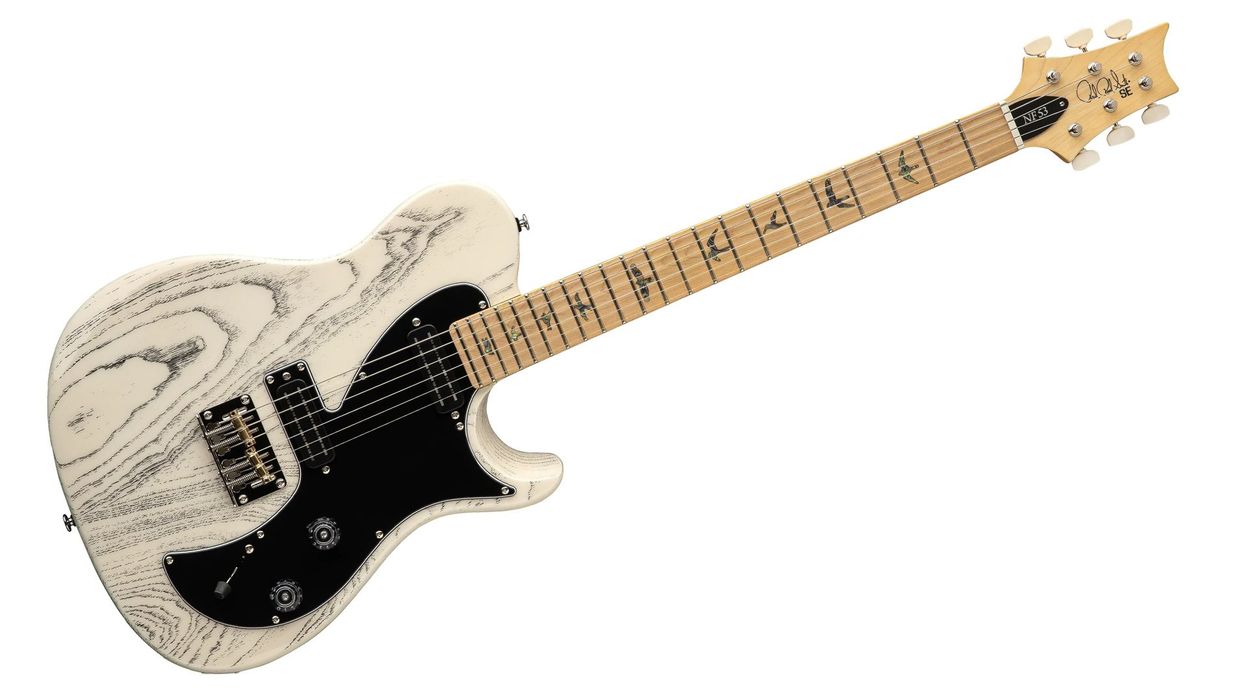Few pedal effects were transformed, enhanced, and reimagined by fast digital processors quite like reverb. This humble effect—readily available in your local parking garage or empty basketball gymnasium for free—evolved from organic sound phenomena to a very unnatural one. But while digital processing yields excellent reverb sounds of every type and style, I’d argue that the humble spring reverb still rules in its mechanical form.
Danelectro’s Spring King Junior, an evolution of the company’s Spring King from the ’aughts, is as mechanical as they come. It doesn’t feature a dwell control or the huge, haunted personality of a Fender Reverb unit. But the Spring King Junior has a vintage accent and personality and doesn’t cost as much as a whole amplifier like a Fender Reverb or reverb-equipped combo does. But it’s easy to imagine making awesome records and setting deep stage moods with this unit, especially if 1950s and 1960s atmospheres are the aim.
Looking Past Little
Size factors significantly into the way a spring reverb sounds. And while certain small spring tanks sound cool—the Roland RE-201 Space Echo’s small spring reverb for one—it’s plain hard to reproduce the clank and splash from a 17" Fender tank with springs a fraction of that length. Using three springs less than 3 1/2" long, the Accutronics/Belton BMN3AB3E module that powers the Spring King Junior is probably not what you want in a knife fight with Dick Dale. Even so, it imparts real character that splits the difference between lo-fi and garage-y and long-tank expansiveness.
In very practical and objective terms, the Danelectro can’t approach a Fender Reverb’s size and cavernousness. Matching the intensity of the Spring King Junior’s maximum reverb and tone settings to my own Fender Reverb’s means keeping dwell, mix, and tone controls between 25 to 30 percent of their max. Depending on your tastes, that might be a useful limitation. If you’ve used a Fender Reverb unit before, you know they can sound fantastically extreme. It’s overkill for a lot of folks, and the Spring King Junior inhabits spaces that don’t overpower a guitar or amplifier’s essence. Many players will find the Spring King Junior simply easier to manage and control.
There are ways to add size to the Spring King Junior’s output. An upstream, edgy clean boost will do much to puff up the Danelectro’s profile next to a Fender. The approach comes with risk: Too much drive excites certain frequencies to the point of feedback. But the Junior’s mellower sounds are abundant and interesting. Darker reverb tones sound awesome, and combined with modest reverb mixes they add a spooky aura to melancholy soul and spartan semi-hollow jazz phrasings—all in shades mostly distinct from Fender units.
Watch Your Step!
Spring reverbs come with operational challenges that you won’t experience in a digital emulation. And though the Spring King Junior is well built, its relative slightness compounds some of those challenges. The spring module, for instance, is affixed to the Spring King Junior’s back panel with two pieces of foam tape. And while kicking a spring reverb to punctuate a dub mix or surf epic is a gas, the Spring King Junior can be susceptible to less intentional applications of this effect. At extra-loud volumes, the unit picks up vibrations from the amplifier’s output when amp and effect are in tight proximity. And sometimes, merely clicking the bypass switch elicits an echo-y “clank”. This doesn’t happen in every performance setting. But it’s worth considering settings where you’ll use the Spring King Junior and how loud and vibration-resistant those spaces will be.
Though the Spring King Junior’s size makes it susceptible to vibration, many related ghost tones—taken in the right measure—are a cool and essential part of its voice. It’s an idiosyncratic effect, so evaluating its compatibility with specific instruments, amps, studio environments, and performance settings is a good idea. But for those that do find a place for the Spring King Junior, its combination of tone color, compact size, and hazy 1960s ambience could be a deep well of inspiration.

